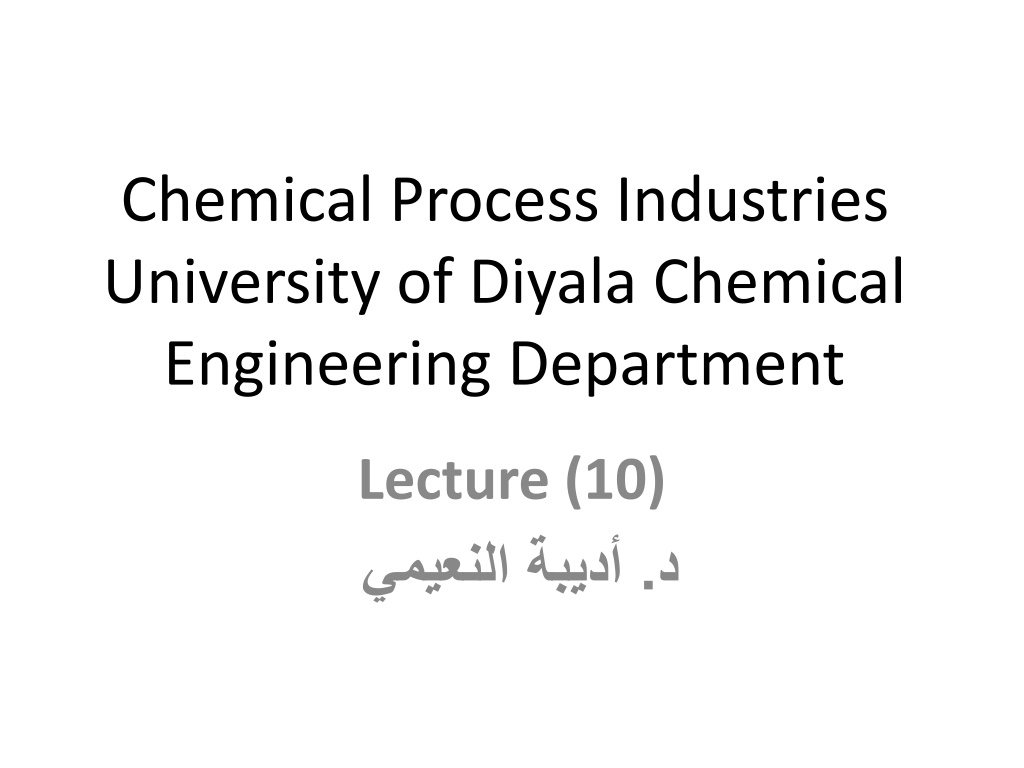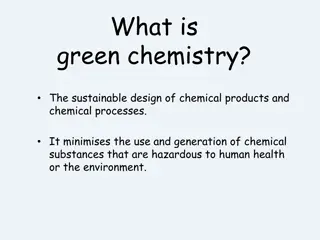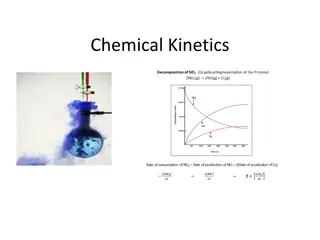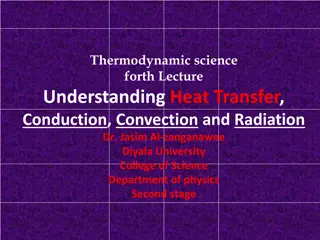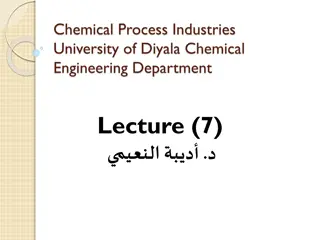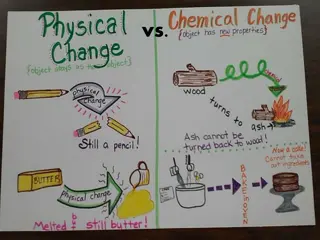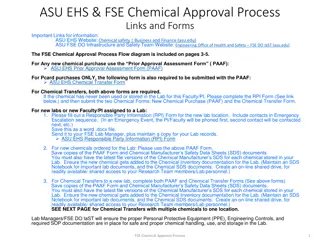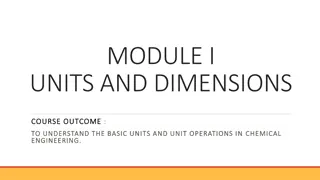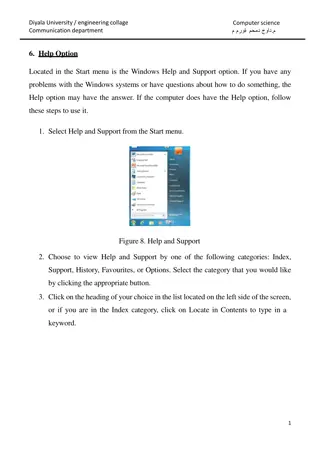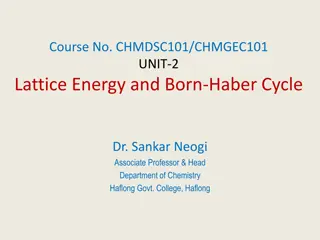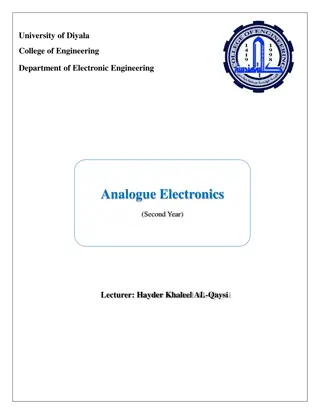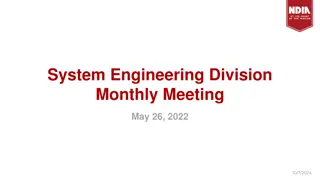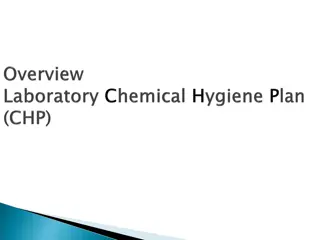Chemical Engineering Processes at University of Diyala
The Chemical Engineering Department at the University of Diyala covers various processes in the chemical industry, including hydrogenation, energy consumption, butylene production sources, classical methods like absorption and distillation, as well as butadiene extraction. The application of these processes, such as producing high-purity butadiene, involves intricate steps like extractive distillation. Students learn about thermal energy, absorption methods, and separation techniques through practical lectures and demonstrations.
Download Presentation

Please find below an Image/Link to download the presentation.
The content on the website is provided AS IS for your information and personal use only. It may not be sold, licensed, or shared on other websites without obtaining consent from the author. Download presentation by click this link. If you encounter any issues during the download, it is possible that the publisher has removed the file from their server.
E N D
Presentation Transcript
Chemical Process Industries University of Diyala Chemical Engineering Department Lecture (10) .
Tail end removal: Hydrogenation of pyro gas is carried out after product separation i.e. after directly after distillation process and by using equivalent amount of hydrogen. Most recent units work by tail end removal especially when liquid feed is used.
Energy consumption: 1-Heating : vapourzing and cracking of raw material supplied to the furance about 50 % 2-Energy used to operate compressors to compress the gas to 40 atm. About 28-40% 3-Refrigeration energy in separation and purity units
Thermal energy to produce medium pressure steam with feed. 5-Others :heating of recycle boiler, distillation towers, pumps, compressors operation furnace exhausters.
Sources of butylene production By product in cracking unit of oil fractions. 2-Steam cracking unit in ethylene production. 3-Dehydrogenation processes and other synthsis processes
Classical method Absorption of BD in ammoniac copper acetate solution. 2-Separation:in multi-stages extraction- settling rig. 3-Displacement:BD is displaced from solution when temp. is raised and pressure is lowered. 4-Purification:by distillation
Application: To produce high-purity butadiene from a mixed C4 stream typically a byproduct stream from an ethylene plant using liquid feeds (liquids cracker). The process uses n-methylpyrrolidone (NMP) as the solvent.
Description: -The mixed C4 feed stream is fed into the first extractive distillation column(1), which produces an overhead butenes stream (raffinate-1) that is essentially free of butadiene and acetylenes. The bottoms stream from this column is stripped free of butenes in the top half of the rectifier (2)
A side stream containing butadiene and a small amount of acetylenic compounds (vinyl and ethyl-acetylene) is withdrawn from the rectifier and fed into the second extractive distillation column (3)
The C4 acetylenes, which have higher solubility in NMP than 1,3-butadiene, are removed by the solvent in the bottoms and returned to the rectifier. - Crude butadiene (BD) stream, from the overhead of the second extractive distillation column, is fed into the BD purify cationtrain. Both extractive distillation columns have a number of trays above the solvent addition point to allow for the removal of solvent traces from the overheads
The bottoms of the rectifier, containing BD, C4 acetylenes andC5 hydrocarbons in NMP, is preheated solvent stripping column(4). In this column, solvent vapors are used as the stripping medium to remove all light hydrocarbons from NMP. -The hot-stripped solvent from the bottom of the degasser passes through the heat economizers (a train of heat exchangers) and is fed to the extractive distillation
